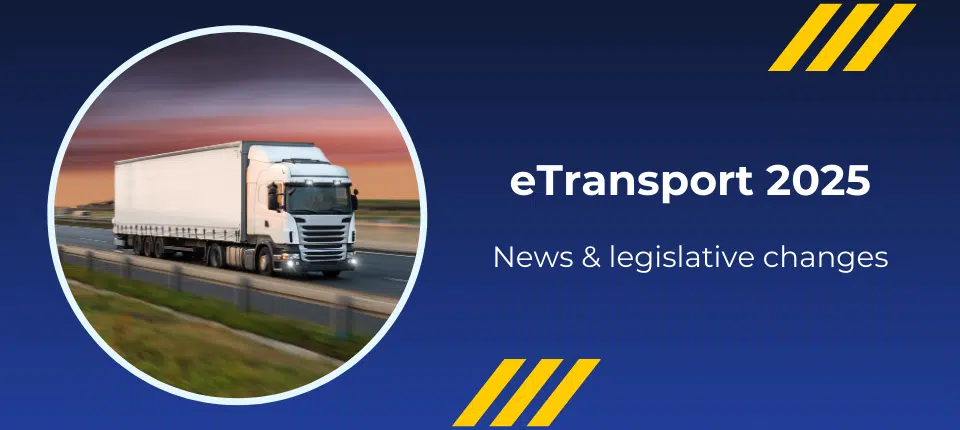The year 2025 brings significant changes to the eTransport system, aiming for a fairer application of sanctions and additional facilities for transport operators, including in situations where it is necessary to modify transport data from UIT codes. These changes are intended to streamline the transport monitoring process and provide more flexibility to companies that comply with tax regulations.
Gradual application of sanctions for violations
One of the most important changes in 2025 is the gradual application of sanctions for violations related to the eTransport system. Until now, non-compliance with transport declaration regulations could lead directly to the confiscation of goods. Starting from November 21, 2024, sanctions are applied progressively based on the number of offenses within a 12-month period:
- First offense: Confiscation of goods no longer applies.
- Second offense: 15% of the value of undeclared goods is confiscated.
- Third offense: 50% of the value of undeclared goods is confiscated.
- Fourth offense and beyond: 100% of the value of undeclared goods is confiscated.
This gradual approach provides economic operators with more time to adapt and reduces the impact of severe sanctions for minor or occasional mistakes.
Suspension of sanctions for GPS monitoring until March 31, 2025
Another significant change is the suspension of fines for the lack of GPS monitoring of vehicles transporting goods reported in the eTransport system.
This sanction, which involved fines ranging from 10,000 to 50,000 lei for individuals and from 20,000 to 100,000 lei for legal entities, is postponed until March 31, 2025. Thus, transport operators have time to implement the necessary systems without the risk of being sanctioned immediately.
The impact of Romania’s accession to the Schengen Area on ANAF controls
Starting from January 1, 2025, the method of transport control at border crossing points has undergone a complete transformation due to Romania’s accession to the Schengen Area. Physical controls, which applied to all transports, have been replaced by selective controls, now carried out either on public roads or in dedicated service areas near Romania’s borders.
In this context, representatives of the General Directorate of Anti-Fraud operate with specially marked ANAF-Antifraud vehicles, serving as mobile offices equipped with all necessary IT tools. The new control method correlates the license plates of vehicles crossing the border with information declared in the RO e-Transport system, which alerts DGAF teams. Once the transport means are identified, they are escorted by DGAF teams to designated control areas.
Thus, ensuring compliance with the RO e-Transport system remains crucial, even in the context of changes in border control procedures.
Modification of transport data after the expiration of the UIT code
An advantage offered by the new regulations is the possibility to modify transport data even after the expiration of UIT codes. Until now, any error or change occurring after the UIT code’s validity period could lead to severe sanctions. Starting in 2025, the name, characteristics, quantities, and value of transported goods can be modified until the 25th of the month following the completion of the transport.
Integration of AROBS TrackGPS with eTransport and UIT code management
To facilitate compliance with eTransport regulations, the advanced fleet management solution AROBS TrackGPS offers an intelligent integration for the automatic transmission of UIT codes and GPS data to ANAF. This automation completely eliminates the need for manual entry of UIT codes, minimizing the risk of errors and optimizing operational processes.
Another notable benefit of the AROBS TrackGPS application is its ability to send real-time alerts in cases where, for various reasons, data is no longer being transmitted to ANAF. Through this functionality, operators can promptly intervene to address any deficiencies, preventing sanctions and ensuring the continuity of data flow.
The changes implemented in 2025 within the RO eTransport system bring significant benefits for transporters, offering a more flexible framework for the application of sanctions and the ability to correct potential errors related to UIT codes. Additionally, the temporary suspension of fines for GPS monitoring creates a favorable transition period, in which the integration of telematics solutions, such as the one provided by AROBS TrackGPS, becomes an essential ally in simplifying the compliance process. These improvements contribute to the development of a more efficient, accessible, and adaptable system that meets the needs of transporters.




